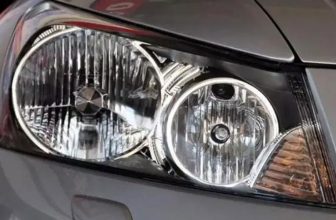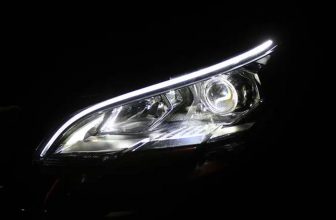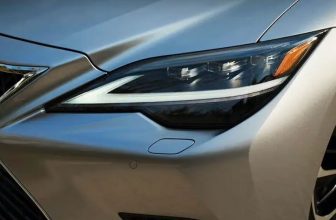In the past, the mainstream lighting fixtures in the automotive lighting industry were mostly xenon lamps, halogen lamps, etc. In recent years, with the vigorous development of solid-state lighting, LED has gradually entered people’s field of vision, and the good characteristics of LED, a new type of lighting source, make it It quickly showed its talents in the automotive lighting industry. LEDs began to be used in automotive interior lighting, and then gradually expanded to more uses in headlights and combination taillights. Due to the small size of LED, easy to combine freely and secondary optical design, LED can be used to form a variety of shapes and lines, which is conducive to showing the unique style of the vehicle, and at the same time can increase the aesthetic feeling of the vehicle’s appearance design. .
#1 The Analysis Of LED Characteristics
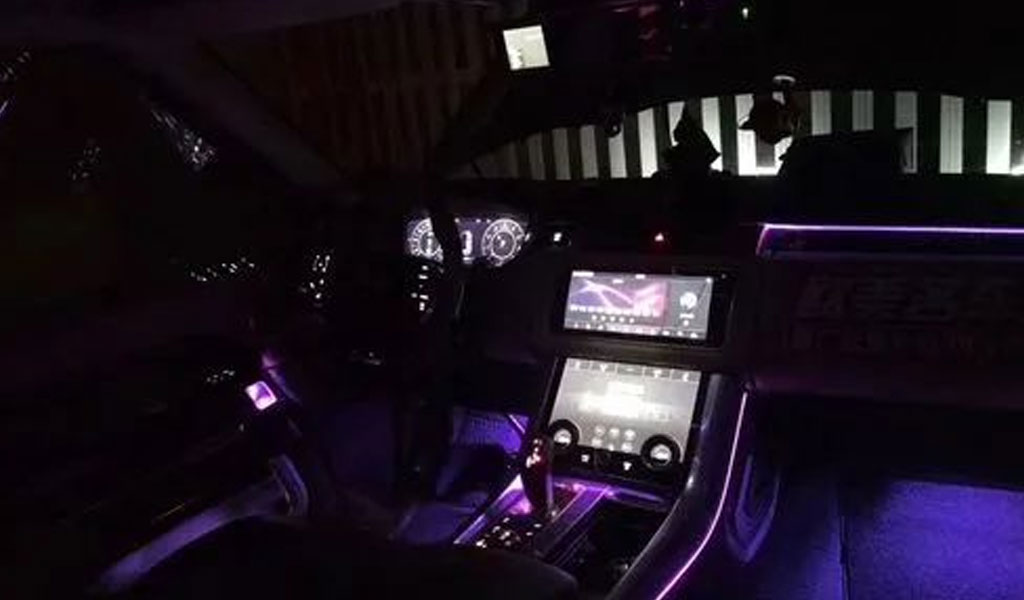
1. Energy saving and environmental protection
LED lamps have now been widely used in various lighting environments, and with the upgrading of technology, the light efficiency is gradually improving, showing more and more advantages in practical applications.
LED is essentially a light-emitting diode, and its light-emitting principle is electroluminescence. When a forward voltage is applied, electrons and holes will recombine and release energy, and part of the energy will be released in the form of photons, thus forming a beam of light. Since LED light is to convert electrical energy into light energy, there will be no pollution during the light-emitting process. Except that the light source does not contain mercury, lead and other polluting elements, it will not generate excessive heat energy. Therefore, compared with traditional light sources, As a cold light source, LED has the advantages of energy saving, environmental protection and high safety.
2. Short response time
According to actual data, compared with ordinary lamps, the response time of LED is 200~300ms faster, and the response time of LED can reach ns level. Therefore, when LEDs are applied to turn signal lights and high-position brake lights, they can meet the emergency response requirements during vehicle driving and can effectively reduce the occurrence of automobile accidents.
3. Small size
LED is essentially a light-emitting diode, and its light-emitting principle is electroluminescence. When a forward voltage is applied, electrons and holes will recombine and release energy, and part of the energy will be released in the form of photons, thus forming a beam of light. Moreover, the life of LED lights is longer and the startup speed is faster, which reduces the possibility of car accidents. Compared with ordinary lamps, LED lamps have higher shock resistance. Usually, there is no need to replace bulbs during the life of the car, which reduces maintenance investment in the later period and has higher economic advantages.
4. Light color discrimination
Today’s road signs are mainly passive glow reflection, and the light emitted by LED lights can be effectively reflected by objects (road traffic signs), which has greater advantages than other light sources. Drivers can find signage information at a longer distance and take proactive measures to increase driving safety. Moreover, because of the high efficiency of color discrimination of headlights, even driving at night can obtain the same reflection effect as during the day, discover and determine traffic sign information in time, and improve driving safety.
#2 LED Application Status

Figure 1 LED headlamp
1. LED technology applied to headlight system
- Light distribution technology: LED headlights mainly use light shape superposition light distribution, which also brings challenges to headlight light distribution technology. Usually, the light of LED headlights is emitted in the direction of half a sphere, so if an LED system wants to meet the requirements of automotive luminous flux, it must have a variety of light sources. The LED headlight system contains a large number of light sources. In order to ensure the directionality of the LED optical axis, it is required that the components of the headlight system have accurate relative positions.
- Heat dissipation: Since the headlight system is close to the engine compartment, consideration of heat dissipation is also an important task in the design of automotive headlights.
- Generally speaking, heat dissipation components and built-in fans should be used to ensure the LED heat dissipation effect.
- Power Consumption: The most typical use of LEDs for headlights is as daytime running lights, which are turned on only when the car engine is working, which can provide low light output and consume A certain amount of fuel, but the consumption level is extremely low, usually only consumes about 9 watts of power.
- Anti-glare headlights: The color temperature of the white LED light source is 5500K~6000K. Compared with the xenon light source (4000K), the white LED light source is closer to natural light (4800K~6000K), which has higher comfort and avoids the driver’s light fatigue. have greater advantages.
2. LED technology applied to tail lights
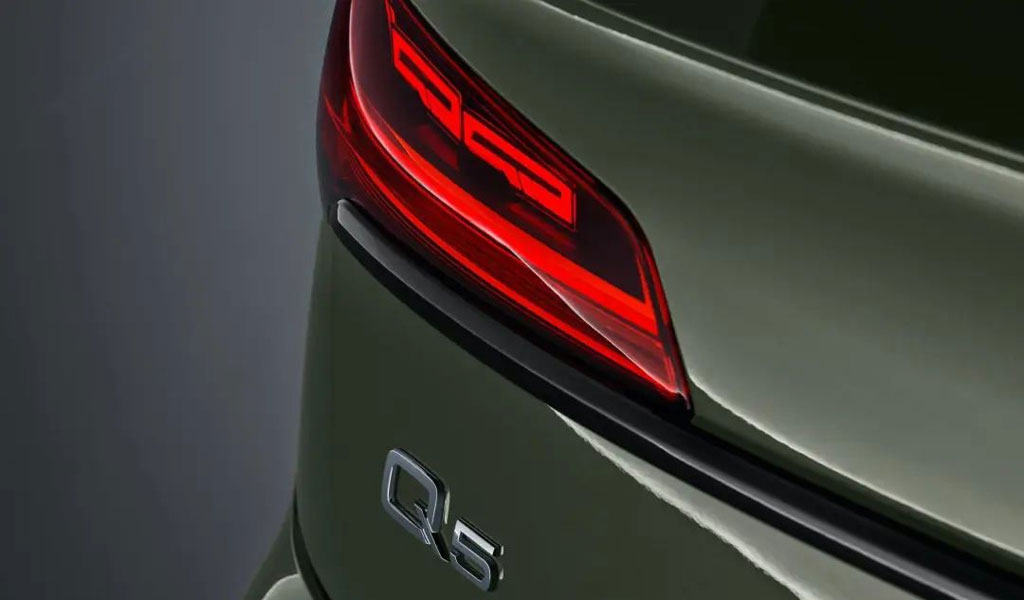
Figure 2 LED Tail Lights
The LED signal light is mainly composed of two parts: a radiation mirror and a light distribution mirror. The light emitted by the LED is reflected by the reflector and refracted by the light distribution mirror to form a light pattern in the corresponding area. When the light patterns formed by each LED are superimposed on the light screen , forming a complete light pattern distribution. The most typical application of LEDs in headlights is as daytime running lights. As long as the car engine runs for a period of time, the running lights will turn on, which can provide low light output and consume a certain amount of fuel in the process, but the consumption The level is extremely low, usually only consumes about 9 watts of power.
3. LED technology applied to interior lighting
LED lighting power supply is simple in design, small in size, does not take up space, and has fast response speed, which makes it suitable for interior lighting. Because LED has great advantages in color temperature, color rendering index, brightness, etc., it is very suitable for short-term use in the car. The common ones are instrument lighting, step lights, door lights, luggage lights, reading lights, dome lights, etc. . In addition, LEDs can also be used to represent the state of the vehicle, such as whether the door is closed or not can be reflected by the LED lights. Another outstanding advantage of using LED lights in the interior lighting system is that it can reduce the interference to the driver’s line of sight, thereby effectively reducing the driver’s glare.
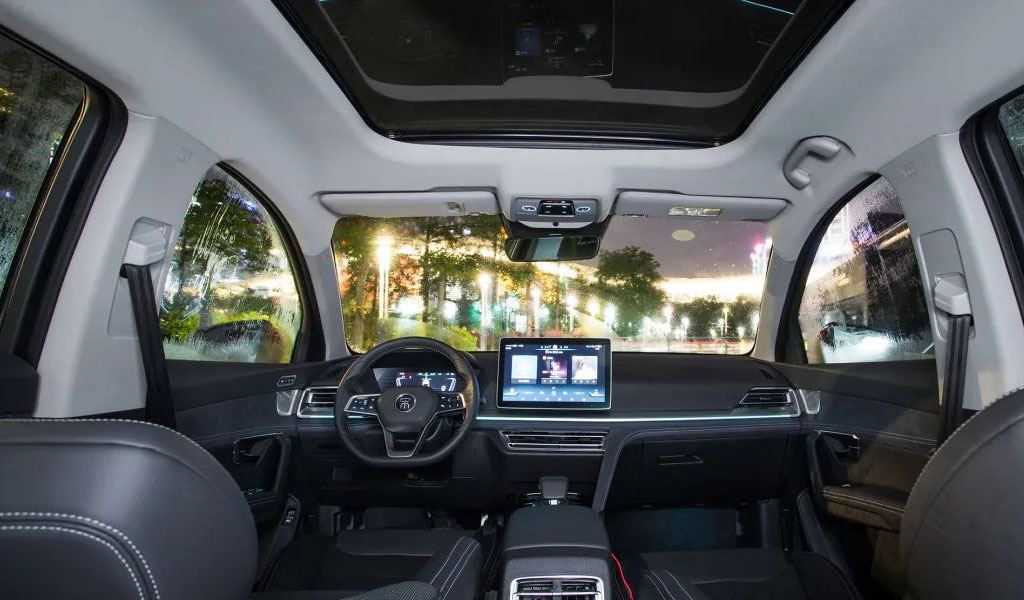
4. LED technology applied to ambient lighting
As a new type of lamp, ambient lamp is increasingly used in automobiles and has gradually become the new favorite of the automotive lamp industry. Interior ambient light is the abbreviation of flexible high-brightness astigmatism optical fiber LED ambient light. It belongs to the interior decoration lighting fixtures, usually in the three primary colors of R (red), G (green), and B (blue), and is mainly used to satisfy the interior decoration of the car, make the car more gorgeous at night, render the atmosphere in the car, and enhance sensory stimulation And improve the vehicle grade. The utility model has the characteristics of soft and uniform light when it is on, and can create a warm and comfortable atmosphere in the car through the matching of different light source colors, bringing a new driving experience to the driver.
The use of LEDs in ambient lighting is mainly due to its low power consumption, long life and fast response, and it is convenient to use intelligent control technology to achieve light and color combination changes.
#3 The Future Development Prospect
In the future, the development of automobile lights will show new changes along with technological innovation.
New-generation LEDs: LED R&D manufacturers are now using new semiconductor technologies to develop next-generation LEDs, trying to reduce LED costs and improve efficiency, and produce better-quality automotive lighting LEDs.
OLED: In addition, technological innovation has also led to the emergence of new things such as OLEDs. The generation of OLEDs provides a new solution for the design of automotive lighting system lamps. Because OLEDs have uniform lighting and are not prone to glare and shadows, they are very suitable for signal lights. , Tail lights, interior lights, etc.
OLED has the following two advantages:
- It has the characteristics of self-illumination, does not need the support of any light source system, and the thickness is only 1.4 mm. Future taillights can even be pasted on the rear of the car like a sticker, without taking up space in the trunk, and have a greater advantage in volume compared with ordinary LED products;
- Compared with LED mid-point light sources, OLED has the advantages of surface light source, diffuse reflection, uniform light quality, stepless dimming, and no shadow casting. Lighting effects may be constant or shading or even dynamic. These two characteristics make OLED most suitable for the production of surround-view products in automobiles and automobile taillights.
However, OLED lighting technology also has its disadvantages. At present, due to its short service life, the material can only withstand a temperature of 80 degrees Celsius, and the price is high, so it has not been widely used in the automotive lighting market.
Laser headlights: In addition to OLED, laser headlights will also be one of the future development trends of car lights. Compared with LED headlights, laser headlights have more technical advantages:
- The light-emitting area and energy consumption are reduced, and the cooling system is relatively simple.
- Its small size, brighter lighting and less heat generation enable the designer to redesign the car body, leave more room for aerodynamic layout, and properly adjust the front suspension and engine position to realize space Optimize intent.
- The illumination of the laser light is 1000 times that of the LED light, and the volume is 100 times smaller than that of the LED light. Laser headlights can illuminate a range of 600 meters ahead in terms of irradiation distance, while models with LED high beams can only illuminate 300 meters.
Therefore, the use of laser headlights can broaden the driver’s field of vision and help to make an early judgment of danger, while the controllable range of the lights is larger when facing the opposite car, avoiding the danger that may be caused by dazzling.
Although laser technology has unparalleled advantages over LED headlights, it is still not widely used in the market due to its high price, and is currently only used in high-end models.
Automobile lighting is an important functional part of the automobile. It not only plays a pivotal role in the exterior decoration of the vehicle, but also has a non-negligible impact on the safety of the vehicle. So the choice of light source is very critical. Today, with the vigorous development of LED, OLED and laser technology, the automotive lighting market will have a new look in the future.




